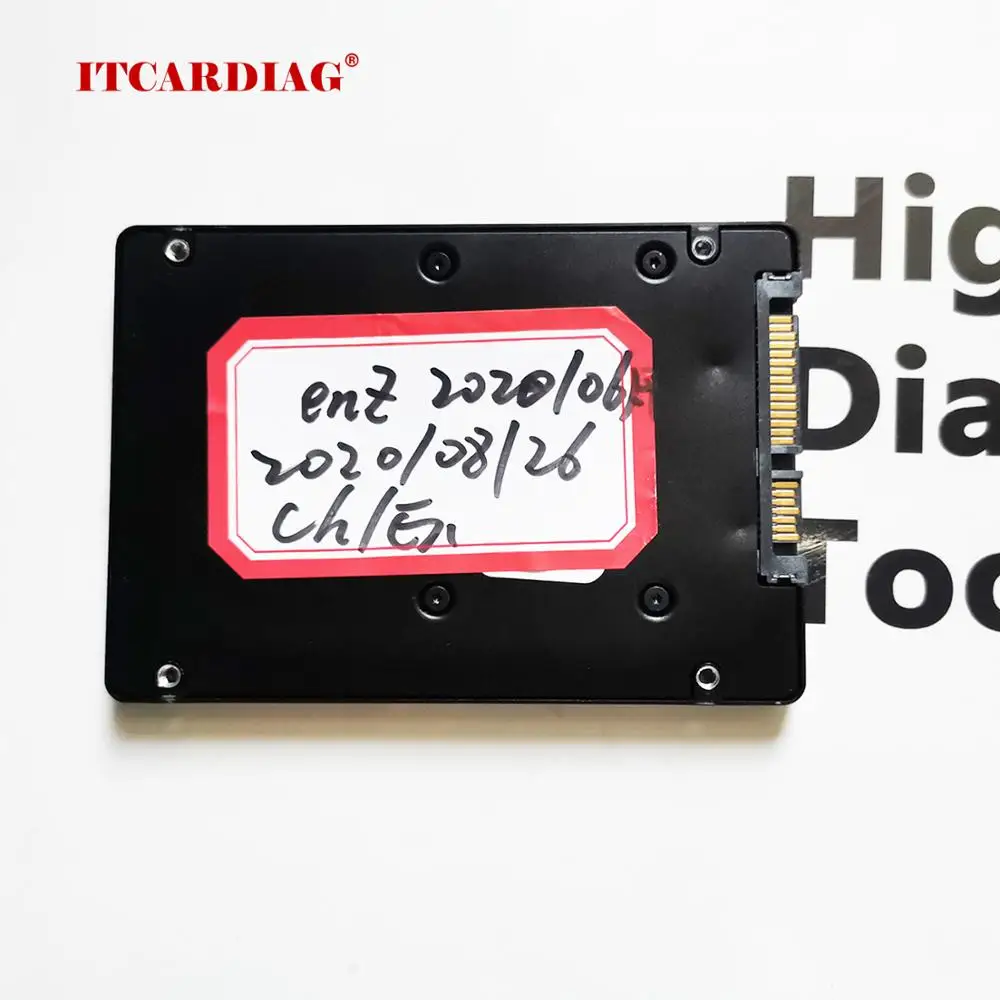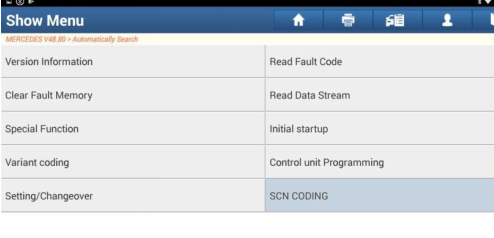

They are still shining onto a layer of liquid crystals just as they do with an LCD TV. LED simply refers to the backlight and the bulbs in it. Neo QLEDs are thinner, too because the LEDs in the backlight are thinner. This should minimise blooming and light leakage, where brighter sections of the picture bleed into darker ones. They still have the same quantum dot technology as standard QLED sets, but the backlights have much smaller LEDs, which means better contrast and more control over what parts of the screen are lit. In 2021 Samsung launched its first Neo QLED TVs.
 Quantum dot are said to produce more vibrant colours and brighter images. A few other small brands make QLEDs, too, but Samsung is the only one of the big four manufacturers (LG, Panasonic, Samsung and Sony) to make them. You can spot a Samsung QLED set by its model name it will always start with a 'Q'. Now you can find quantum dot displays in all its high-end sets. Samsung pioneered the technology and debuted it in 2016. Quantum dots are an extra layer as well as the liquid crystals.
Quantum dot are said to produce more vibrant colours and brighter images. A few other small brands make QLEDs, too, but Samsung is the only one of the big four manufacturers (LG, Panasonic, Samsung and Sony) to make them. You can spot a Samsung QLED set by its model name it will always start with a 'Q'. Now you can find quantum dot displays in all its high-end sets. Samsung pioneered the technology and debuted it in 2016. Quantum dots are an extra layer as well as the liquid crystals.  Most TVs are LCD and use liquid crystals (the LC in LCD). These miniscule dots form a layer in front of the backlight and create the colours you see on screen. Just want to know which TVs are best in our tough, independent tests? See our expert pick of the best TVs. Is Samsung right to stick with QLED? We explain how QLED technology works, look at the best models and see how they compare with OLEDs, as well as LCD and LED TVs. Samsung remains resolute in its belief that its own QLED technology is just as capable as OLED when it comes to the best-quality picture - it's now the only major TV manufacturer without an OLED set.īut LG has long hailed OLED as the future of TV, and new OLED sets from Sony and Panasonic add weight to this claim.
Most TVs are LCD and use liquid crystals (the LC in LCD). These miniscule dots form a layer in front of the backlight and create the colours you see on screen. Just want to know which TVs are best in our tough, independent tests? See our expert pick of the best TVs. Is Samsung right to stick with QLED? We explain how QLED technology works, look at the best models and see how they compare with OLEDs, as well as LCD and LED TVs. Samsung remains resolute in its belief that its own QLED technology is just as capable as OLED when it comes to the best-quality picture - it's now the only major TV manufacturer without an OLED set.īut LG has long hailed OLED as the future of TV, and new OLED sets from Sony and Panasonic add weight to this claim.







 0 kommentar(er)
0 kommentar(er)
